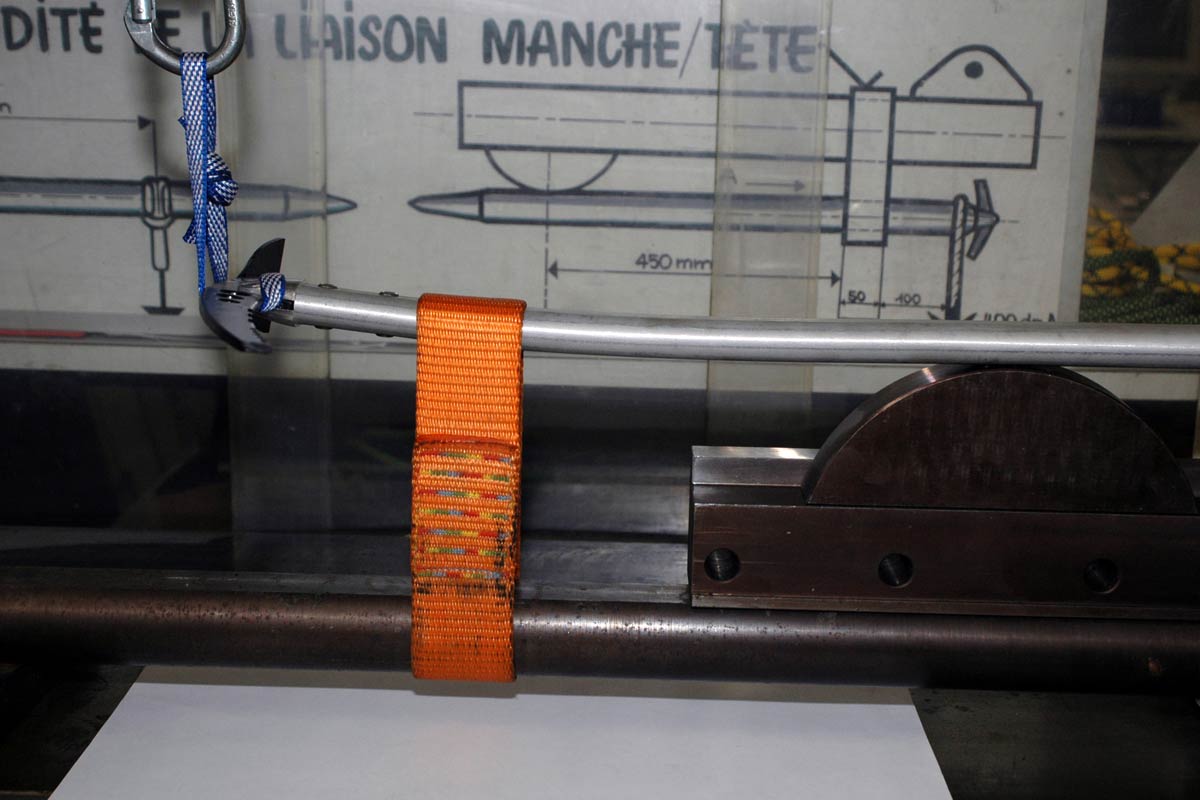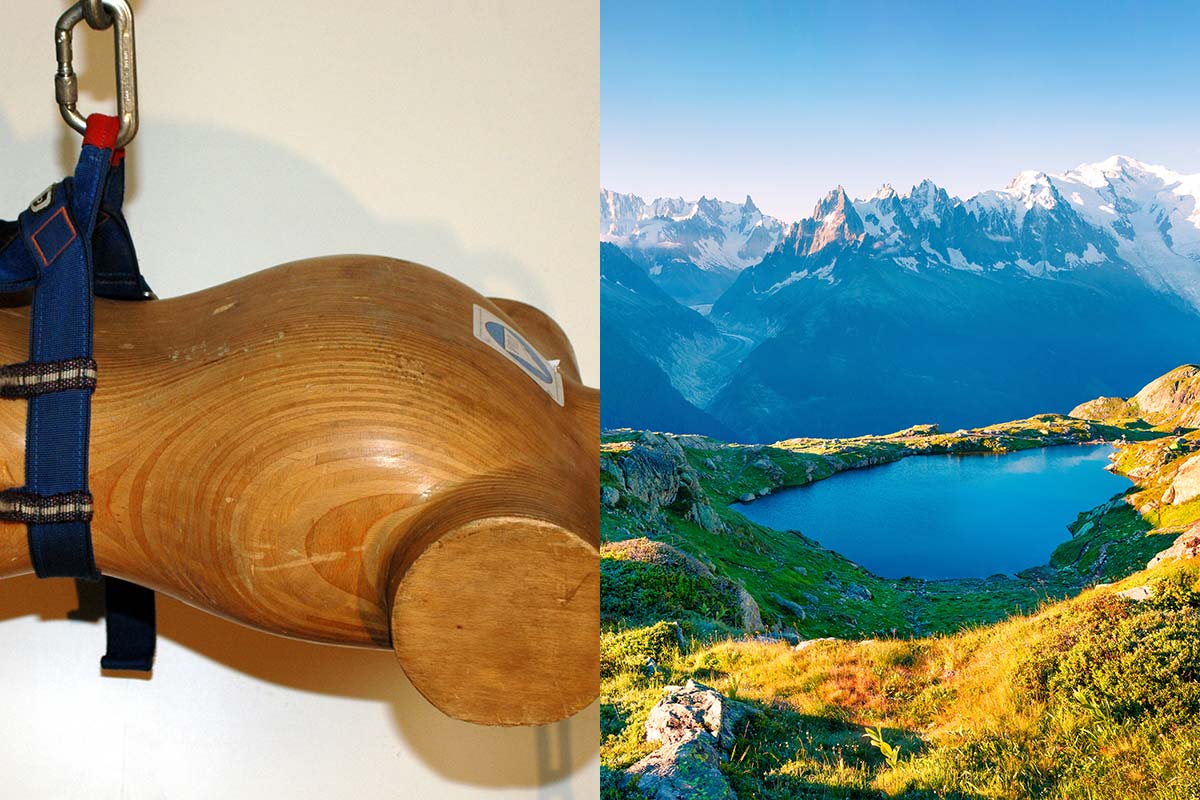The growing popularity of via ferrate among families with small children and the advent of climbing chocks made with polymers will lead to new testing and investigations by the UIAA Safety Commission (SafCom).
At its annual meeting in Yverdon-les-Bains, Switzerland in late May, the expert panel – which develops global standards for climbing equipment performance – agreed to move forward on a number of testing issues. These involve I-beam karabiners, energy absorbing systems for via ferrate, plastic chocks (also known as nuts), crash pads and dynamic rope standards.
This information was provided for publication by SafCom member Dave Custer of the American Alpine Club:
Via ferrata – lightweight climbers
Changes in via ferrata (VF) use (children now climb VFs on their own instead of being tethered to adults) and accident reports all point to the need for VF Energy Absorbing Systems for lightweight climbers. The intent is to introduce a “one-size-fits-all” energy absorber that will make it possible for all VF participants from roughly 30-100 kg to arrest safely. This can in theory be done by increasing the slip length permitted by the standard. In the coming year, it will be determined whether the theory can be accomplished in practice.
I-beam construction karabiners
How easily do I-beam construction karabiners bend and fail when loaded over an edge? The phenomenon will be investigated in the next year, even though such bending is clearly a misuse and perhaps best addressed through improved bolting practices and climber education.
Karabiners – open gate failure
The German alpine club (DAV) found that karabiner failures in the field almost always occur when the gate is open (gate: moveable part of the karabiner that the climber opens to insert or remove the rope or webbing under loaded and unloaded conditions). It was agreed that the best action at the moment is to try to raise awareness among climbers of this failure mode and to inform them of the many karabiners available that exceed the minimum open gate strength rating.
Plastic chocks
With the advent of commercially available chocks (wedges also known as nuts that are threaded on a wire/cord, used for protection by placing them into cracks in the rock) made of polymer materials, tests will be made in the coming year to determine whether the performance of plastic chocks is detrimentally affected by temperature extremes that may be encountered while climbing. This could lead to a proposal to limit the scope of the chock standard to metal chocks.
Ropes
At the meeting, SafCom also discussed a proposal by CEN (European Committee for Standardization) for changes to the rope conditioning (from 20°C, 65% relative humidity to 20°C, 50% relative humidity) to improve repeatability of tests.
In other areas such as Edge Energy Absorption testing and dry coating of ropes; round-robin tests shall be carried out for further proposals to include them in the standard UIAA 101 for dynamic ropes.
Numerous standards
There are currently 20 UIAA Safety Standards, ranging from helmets, ice tools and slings to pulleys, anchors and karabiners. The standards are used by many of the biggest manufacturers of mountaineering equipment.
Work on new standards for crash pads and snow pickets will be presented at the next Safety Commission meeting in St Petersburg, Russia in June 2012.
The meeting in Yverdon-les-Bains was hosted by the Swiss Alpine Club.


